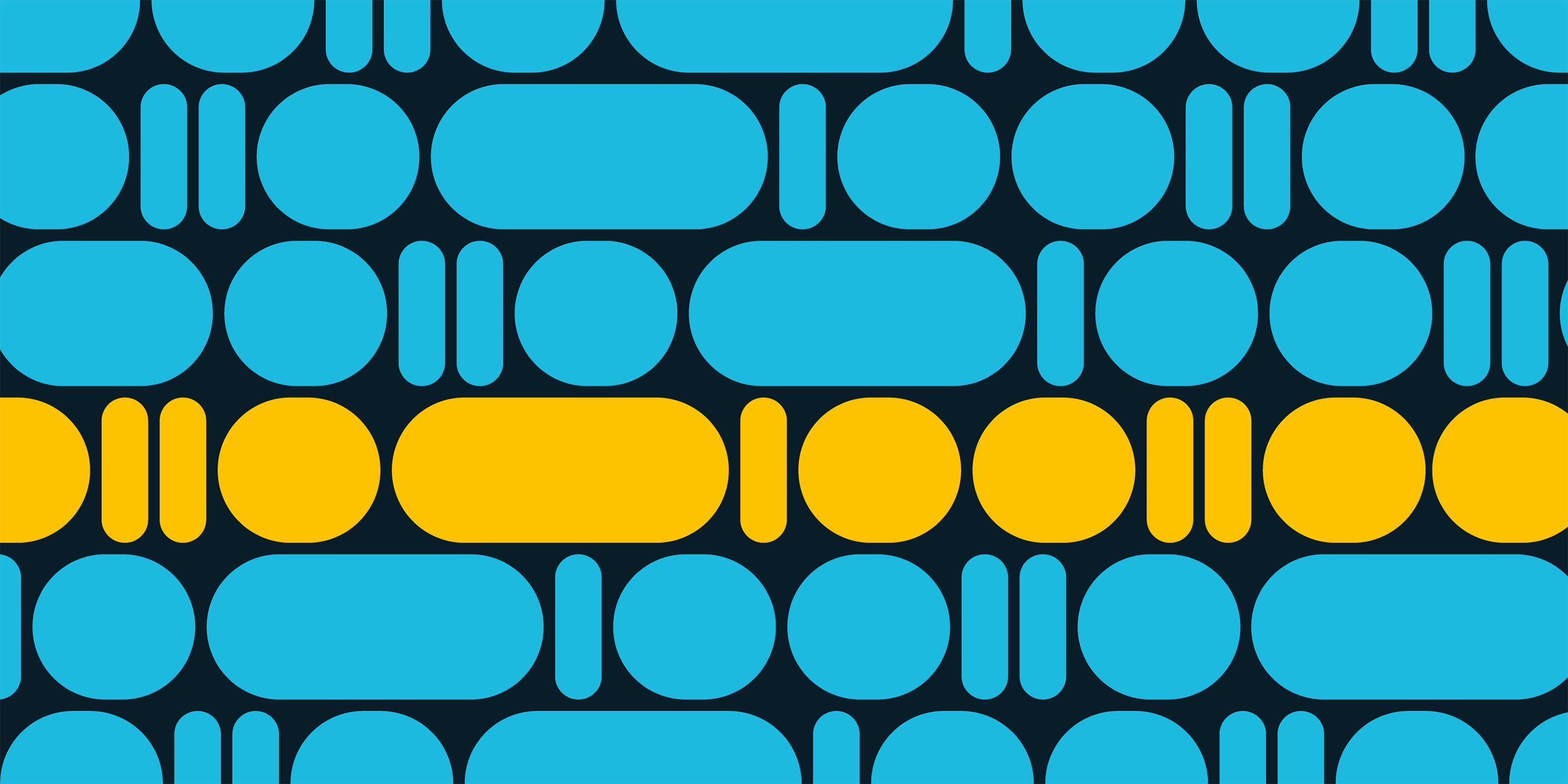HagaZiekenhuis predicts waiting time at Emergency Department (ER)
.jpg)
Better insight into the waiting time makes patients satisfied
Waiting in the hospital is never fun. Not for the patient, but also not for the doctor who knows that there are (sometimes anxious) patients waiting to be helped. And certainly in an emergency department, patients are often upset because they come up with an emergency care request. To come up with a solution for this, the Emergency Department (ER) of the Haga Hospital and BSOLUTIONS joined forces to provide an accurate digital prediction of the expected waiting time.
In the Emergency Department, people come and go. Sometimes the waiting time can be quite long. "One moment it can be quiet and the next moment there can suddenly be a peak, making it very busy," says Marco Pronk, unit head of the Acute Care in the Haga Hospital. “There is always a lot going on behind the scenes, but the patient in the waiting room doesn't know that. For example, when trauma patients are brought in. Then many healthcare providers are busy with such a patient at that time. In order to be able to properly inform the waiting patient, we looked for a means to predict a reliable waiting time for the patient. We found that in the BPSOLUTIONS system.”
Mathematical calculation method as a help
In recent years, BSOLUTIONS collected data on waiting times at the emergency room and the number of patients who had registered at certain times of the day. It looked at past average waiting times at comparable times, and adjusted for the current number of patients in the waiting room. In this way, the waiting time proved to be accurate. Leonie Syrier, Lead Data Scientist at BPSOLUTIONS: “We have taken the results of the past year and processed them in a mathematical calculation method (algorithm). This allows us to give a prediction of the waiting time with a confidence margin of +/- 10 minutes accuracy.”
More rest
It has been agreed that the prediction must be correct for at least 90% of the patients. That has certainly been the case until now. The patients are having more peace of mind by knowing how long the waiting time is. It is also nice for the healthcare providers to know that the patient has clarity. The information can be followed via screens in the waiting areas for patients.
Would you like to know how your organization is building a smarter future by using Artificial Intelligence? Please contact Leonie or chat with us on the website.
Want to make your world a little smarter?
Get in contact with Christiaan Driessen and we will reach out to you.
Related Articles
Overstappen van VMware by Broadcom: noodzaak of kans?
30/10/2025
BPSOLUTIONS & Illumio: Samen voor Zero Trust Security
30/10/2025
Microsoft licenties veranderen: stap slim over en bespaar tot 13%
30/10/2025
Cyberaanval! Ben jij er klaar voor?
1/04/2025
Cybersecurity & Continuïteit: Isolated Recovery Environment as a Service
27/03/2025
Cybersecurity & Continuïteit: BaaS alleen is niet genoeg
25/03/2025
Cyberaanval? De impact is groter dan je denkt
23/03/2025








.png)



